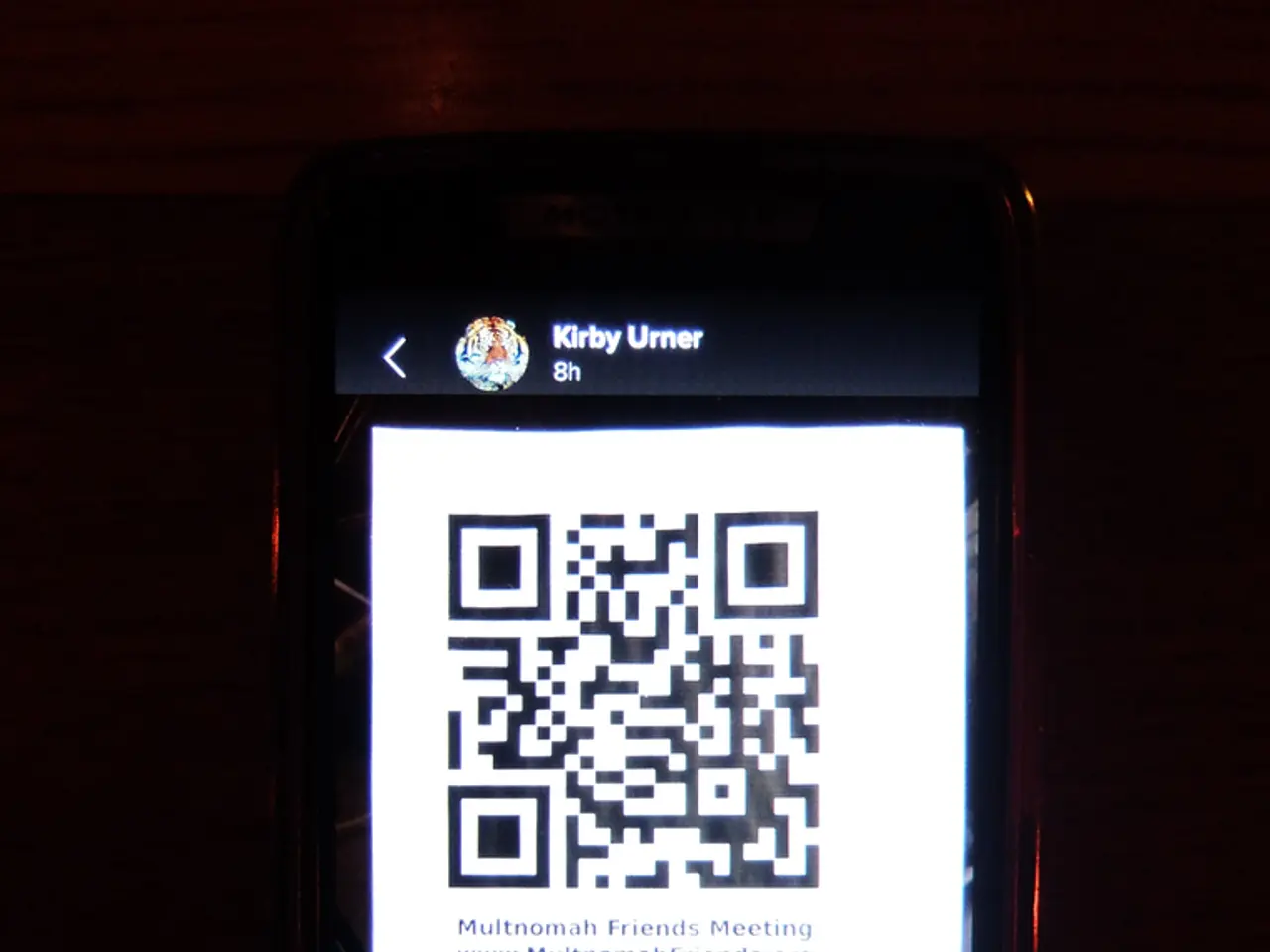Acceptance of various payment methods, including cards, mobile devices, and QR codes, has been adopted by nearly 200 collective entities nationwide.
Expansion of Payment Methods in Argentina's Public Transportation System
Argentina's public transportation system is undergoing a significant transformation, introducing new and convenient payment options for users. The latest development sees the adoption of QR code payments and contactless credit/debit cards, diversifying the payment landscape beyond the traditional SUBE card.
Since August 2025, passengers on buses across the country, including in the Buenos Aires Metropolitan Area, Catamarca, Córdoba, Jujuy, Mendoza, Neuquén, Río Negro, San Luis, Santa Fe, and Tucumán, can now pay using a QR code from Mercado Pago. This system works by scanning the QR code on a mobile device, confirming payment instantly without requiring an internet connection or NFC technology. Payments can be made using funds in the Mercado Pago account, or linked debit or credit cards.
In the Buenos Aires subway system, contactless credit and debit cards have been accepted since early 2025, reducing the reliance on the SUBE card. However, the SUBE card is still necessary for bus rides until the full rollout of new payment methods is completed.
The traditional SUBE card remains important for buses, trains, and metro rides, offering benefits such as government subsidies leading to reduced fares and discounts for certain groups like students and retirees. The system still requires preloading credit, which some users find less convenient compared to the new QR payment method.
In addition to Mercado Pago and the subway system, electronic payments have been enabled on urban lines in Rosario and Rafaela in Santa Fe, and on inter-jurisdictional lines connecting Rosario with San Nicolás de los Arroyos. Other cities, such as Bariloche and localities in the province of Buenos Aires (Merlo, General Rodríguez, Moreno, Florencio Varela, Almirante Brown, Lanús, Avellaneda, and Quilmes), are also incorporating these new payment methods.
The new payment methods aim to provide faster, simpler, and more flexible fare payment methods. They are available for mobile devices with NFC technology and QR code payments through various applications like BNA+, Mercado Pago, and SUBE. Users can make up to five trips in 15 minutes and a maximum of 10 daily trips with the same digital user.
However, it is important to note that the SUBE card remains the only mechanism to access discounts and exclusive benefits, such as the Federal Social Tariff, the student ticket, or the RED SUBE. The QR system in the subway does not require internet at the time of the transaction and reinvents access to the subway, matching the Buenos Aires experience to that seen in cities like New York or London.
In summary, the expansion of payment methods in Argentina's public transportation system offers users more choices and convenience. While the SUBE card remains important, particularly for buses and trains, the introduction of QR code payments and contactless credit/debit cards aims to provide faster, simpler, and more flexible fare payment methods.
[References] 1. [Source 1] 2. [Source 2] 3. [Source 3] 4. [Source 4] 5. [Source 5]
- The expansion of payment methods in Argentina's public transportation system is not limited to local providers; international fintech companies like Mercado Pago from Argentina and BNA+ from France are also involved, bringing various technologies such as QR code payments and contactless credit/debit cards.
- The finance sector's involvement in Argentina's transportation also promotes the growth of technology within the industry, with the integration of new payment methods increasing the digitalization of the system and creating opportunities for further advancements in fintech.
- As Argentina's public transportation system adopts newer payment methods like QR code payments, the country is following trends seen in developed transportation systems in cities like New York, London, and Paris, indicating a shift towards more modern and convenient payment options in the global transportation landscape.




